Home>Furniture>Outdoor Furniture>How To Repair A Concrete Patio
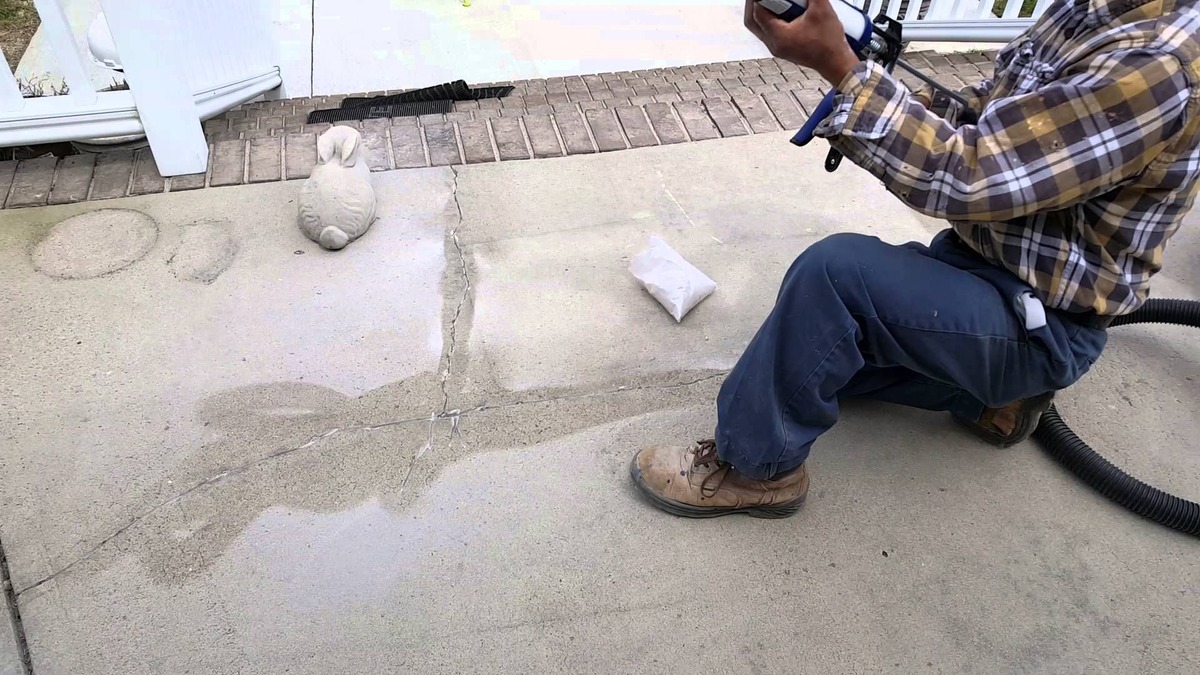

Outdoor Furniture
How To Repair A Concrete Patio
Modified: March 7, 2024
Learn how to repair your outdoor furniture with our step-by-step guide. Fixing your concrete patio has never been easier!
(Many of the links in this article redirect to a specific reviewed product. Your purchase of these products through affiliate links helps to generate commission for Storables.com, at no extra cost. Learn more)
Introduction
Having a concrete patio is a wonderful addition to any outdoor space. It provides a durable and versatile surface for relaxing, entertaining, and enjoying the great outdoors. However, over time, concrete patios can become damaged due to various factors such as weather exposure, heavy furniture, or general wear and tear. When faced with a cracked or deteriorating patio, many homeowners may feel overwhelmed or unsure of how to repair it.
Fear not! In this article, we will guide you through the process of repairing a concrete patio, helping you restore its beauty and functionality. Whether you have minor cracks, deep holes, or loose sections, we will provide step-by-step instructions and valuable tips to ensure a successful repair.
Before we dive into the practical steps, it’s important to gather the necessary tools and materials for the job. Having everything on hand will save you time and allow for a seamless repair process.
Tools and materials needed:
- Safety goggles and gloves: Ensure your safety during the repair process.
- Wire brush: Used to remove loose or damaged concrete.
- Chisel or masonry hammer: Helps to break away any loose concrete.
- Concrete crack filler: For repairing small cracks in the patio.
- Concrete patching compound: Ideal for filling larger holes or deep cracks.
- Trowel: Used to apply the patching compound smoothly.
- Concrete resurfacer: A thin layer applied to the entire patio surface for a uniform finish.
- Concrete sealer: Protects the repaired surface from moisture and stains.
- Paint roller and tray: Helps in applying the concrete resurfacer and sealer.
Now that we have all the necessary tools and materials, let’s move on to assessing the damage of your concrete patio to determine the appropriate repair method.
Key Takeaways:
- Repairing a concrete patio is achievable with the right tools and materials. Assess, clean, patch, and resurface to restore its beauty and functionality for long-lasting enjoyment.
- Regular maintenance, such as cleaning, avoiding heavy impact, and prompt crack repair, is essential to prolong the life and beauty of your repaired concrete patio.
Read more: How To Smooth A Concrete Patio
Tools and Materials Needed
Before you begin repairing your concrete patio, it’s essential to gather the necessary tools and materials. Having everything on hand will allow for a smoother and more efficient repair process. Here’s a comprehensive list of what you’ll need:
- Safety goggles and gloves: Ensure your safety by wearing protective eyewear and gloves throughout the repair process. Concrete dust and debris can be harmful, so it’s crucial to protect yourself.
- Wire brush: Use a wire brush to remove any loose or damaged concrete around the cracks or holes. This will create a clean surface for the repair materials to adhere to.
- Chisel or masonry hammer: A chisel or masonry hammer will be useful for breaking away any loose or deteriorated concrete. Use it to carefully chip away the damaged areas and create a clean edge for the repair compound.
- Concrete crack filler: For small cracks in your patio, a concrete crack filler is the ideal solution. It’s a ready-to-use product that can be applied directly into the cracks to fill and seal them. Make sure to choose a crack filler that is compatible with the concrete surface.
- Concrete patching compound: For larger holes or deeper cracks, a patching compound is necessary. This compound is a mixture of cement, sand, and additives that creates a strong and durable bond. It can be applied with a trowel and smoothed out to match the surrounding area.
- Trowel: A trowel is a hand tool with a flat, pointed blade used for applying and smoothing the patching compound. Select a trowel with a comfortable grip and a size appropriate for the size of your project.
- Concrete resurfacer: If your patio has widespread damage or an uneven surface, a concrete resurfacer will be necessary. This product is a thin layer that is applied to the entire patio surface to create a new, uniform finish. Choose a resurfacer that is suitable for outdoor use and compatible with your existing concrete.
- Concrete sealer: Once the repairs are complete, it’s crucial to protect your patio from future damage. A concrete sealer can be applied to the entire surface to provide a protective barrier against moisture, stains, and UV rays. Look for a sealer specifically designed for outdoor concrete applications.
- Paint roller and tray: A paint roller and tray will come in handy when applying the concrete resurfacer and sealer. Opt for a roller with a medium nap for better coverage and a tray that is large enough to accommodate the roller.
Having all these tools and materials readily available will save you time and ensure that you have everything you need to repair your concrete patio efficiently.
Assessing the Damage
Before you dive into repairing your concrete patio, it’s essential to assess the extent of the damage. This will help you determine the appropriate repair method and ensure a successful and long-lasting result. Here’s how to assess the damage:
- Inspect the entire patio: Take a thorough look at your patio and identify any visible cracks, holes, or areas of unevenness. Walk around the area and pay close attention to any areas that feel unstable or produce a hollow sound when tapped.
- Measure the cracks and holes: Use a ruler or tape measure to measure the width, depth, and length of any cracks or holes. This will give you an idea of the severity of the damage.
- Check for loose or damaged sections: Look for any sections of the patio that are loose, crumbling, or significantly damaged. These areas may require additional attention and repair.
- Consider the overall condition: Take into account the overall condition of the patio. Look for signs of spalling (surface flaking or scaling), discoloration, or weathering. These issues can indicate deeper structural problems that may need professional attention.
Based on your assessment, you can determine the appropriate repair method. Here are some common issues and their recommended solutions:
- Small hairline cracks: If you have narrow cracks measuring less than 1/8 inch, they can typically be repaired with a concrete crack filler. This type of filler is designed to penetrate into the cracks and create a watertight seal.
- Deep cracks or larger holes: Cracks wider than 1/8 inch or deeper holes will require a patching compound. This mixture is applied to the damaged area with a trowel, filling the space and creating a smooth surface.
- Loose or damaged sections: If you have sections of the patio that are loose or significantly damaged, you may need to remove and replace them. This will involve breaking away the damaged concrete, creating a solid base, and pouring new concrete in its place.
- Widespread surface damage: If your patio has widespread damage, an uneven surface, or a worn appearance, a concrete resurfacer is the best solution. This thin layer of material is applied to the entire surface, providing a new and uniform finish.
By carefully assessing the damage and selecting the appropriate repair method, you can effectively restore your concrete patio and ensure its longevity. In the next section, we will guide you through the process of cleaning the patio before starting the repairs.
Cleaning the Patio
Before you begin the repair process, it’s crucial to thoroughly clean your concrete patio. Cleaning the surface will remove dirt, debris, and any loose particles, ensuring better adhesion of the repair materials and a successful outcome. Follow these steps to clean your patio effectively:
- Sweep the patio: Start by sweeping the entire patio surface to remove loose dirt, leaves, and debris. Use a broom with stiff bristles to sweep thoroughly, paying close attention to corners and hard-to-reach areas.
- Remove stains: If you have any stains on your patio, such as oil spots or rust stains, it’s important to remove them before proceeding. There are various concrete stain removers available on the market, or you can use a homemade solution of warm water and dish soap. Follow the product instructions or apply the solution to the stained area, scrubbing gently with a brush or sponge. Rinse thoroughly with water afterward.
- Utilize a pressure washer: For a more thorough cleaning, consider using a pressure washer. This powerful tool can remove stubborn dirt, moss, and grime from the patio surface. Start by wetting the surface with water, then use a pressure washer with a wide-angle nozzle to clean the entire patio. Keep the nozzle at a distance to avoid damaging the concrete. Move in a sweeping motion, covering the entire area systematically.
- Scrub the surface: After pressure washing, you may notice some remaining stains or stubborn areas. In this case, use a scrub brush or stiff bristle broom along with a concrete cleaner to scrub the surface. Follow the cleaner’s instructions and rinse thoroughly with water afterward.
- Allow the patio to dry: After cleaning, it’s important to allow the patio to dry completely before proceeding with the repairs. Depending on the weather conditions, this may take anywhere from a few hours to a day or more. Make sure the surface is dry to the touch before moving on.
By following these steps, you’ll ensure that your concrete patio is clean and free from any dirt or stains. A clean surface will provide a better base for the repair materials, allowing them to adhere properly and create a long-lasting result. In the next section, we’ll dive into the specifics of patching cracks and holes in your patio.
Patching Cracks and Holes
Cracks and holes in your concrete patio can not only be unsightly but also compromise its structural integrity. Patching these imperfections is an essential step in the repair process. Here’s a step-by-step guide on how to patch cracks and holes in your patio:
- Prepare the surface: Use a wire brush or broom to remove any loose debris, dust, or particles from the cracks and holes. This will help create a clean and stable surface for the patching compound.
- For small cracks: If you have small hairline cracks measuring less than 1/8 inch, use a concrete crack filler. Apply the filler directly into the cracks, ensuring it fills the entire depth. Smooth out the surface with a putty knife or trowel and allow it to dry according to the manufacturer’s instructions.
- For larger cracks or holes: For cracks wider than 1/8 inch or deeper holes, a patching compound is required. Prepare the compound according to the manufacturer’s instructions, making sure to mix it thoroughly. Apply the compound to the cracks or holes using a trowel, filling them completely and smoothing out the surface. Feather the edges of the patch to blend it with the surrounding concrete.
- Allow the patch to dry: Give the patching compound enough time to fully dry and cure. This can take anywhere from a few hours to a day, depending on the product and weather conditions. Avoid using the repaired area until it is completely dry to prevent any damage or displacement.
- Optional: Sand the surface: If you want a smoother finish, you can lightly sand the patched areas using sandpaper or a sanding block. This will create a more even surface and help blend the patches with the surrounding concrete.
It’s important to note that patching cracks and holes is a temporary solution and may require periodic maintenance or reapplication in the future. Keep an eye on the repaired areas and address any new cracks or damage promptly to prevent further issues.
Once you’ve successfully patched the cracks and holes, it’s time to move on to repairing any loose or damaged sections of your patio. We’ll cover this process in the next section.
Clean the surface thoroughly before repairing. Use a wire brush to remove loose debris and a pressure washer to remove dirt and grime. This will ensure a strong bond for the repair material.
Read more: How To Level A Concrete Patio
Repairing Loose or Damaged Sections
In addition to patching cracks and holes, it’s important to address any loose or damaged sections of your concrete patio. These areas can not only be a safety hazard but also lead to further deterioration if left untreated. Here’s a step-by-step guide on how to repair loose or damaged sections:
- Assess the extent of the damage: Before beginning the repair process, evaluate the loose or damaged sections. Determine whether they can be repaired or if they require replacement. Severely damaged sections may need to be removed and replaced entirely.
- Prepare the damaged area: Use a chisel or masonry hammer to carefully break away the loose or crumbling concrete around the damaged section. Create a clean and stable edge, removing any loose debris or particles.
- Create a solid base: Once the damaged area is cleared, ensure that you have a stable base for the new concrete. Compact the soil, add a layer of gravel, and tamp it down firmly. This will provide a solid foundation for the repair.
- Mix and apply the concrete: Prepare the concrete mixture according to the manufacturer’s instructions. It should have a consistency similar to oatmeal. Apply a bonding agent to the prepared surface to improve adhesion. Then, carefully pour the concrete into the repaired area, ensuring it fills the space completely.
- Smooth and level the surface: Use a trowel to smooth and level the poured concrete. Ensure that it is flush with the surrounding area, blending in seamlessly. Feather the edges to create a smooth transition between the old and new concrete.
- Cure and protect the repair: After smoothing the surface, cover the repaired section with plastic sheeting or a curing compound to aid in the curing process. Follow the manufacturer’s instructions for the specific curing time. Avoid walking or placing heavy objects on the repair until it has fully cured.
Repairing loose or damaged sections requires careful preparation and attention to detail. It’s important to create a strong and stable base and ensure a proper bond between the existing and new concrete. By following these steps, you can effectively repair the damaged sections and restore the structural integrity of your concrete patio.
With the loose or damaged sections repaired, the next step is to apply a concrete resurfacer to provide a smooth and uniform finish to your patio. We will explore this process in the following section.
Applying the Concrete Resurfacer
Applying a concrete resurfacer is an excellent way to rejuvenate your concrete patio, especially if it has widespread damage, an uneven surface, or a worn appearance. The concrete resurfacer creates a thin layer that can transform the look and durability of your patio. Follow these steps to apply the concrete resurfacer:
- Clean the surface: Ensure that your patio is clean and free from any dirt, debris, or contaminants. Sweep thoroughly and, if necessary, use a pressure washer to remove stubborn stains or grime. Allow the patio to dry completely before proceeding.
- Prepare the concrete resurfacer: Read the manufacturer’s instructions for your specific resurfacer product, as the preparation process may vary. Generally, you’ll need to mix the resurfacer powder with water in a large bucket or mixer until you achieve a smooth and even consistency.
- Apply a bonding agent: For better adhesion, apply a bonding agent to the prepared concrete surface. This will improve the bond between the existing concrete and the resurfacer. Follow the manufacturer’s instructions for the application of the bonding agent.
- Start applying the resurfacer: Begin by dampening the surface with water. This helps to prevent premature drying and ensures a better bond. Using a large trowel or a squeegee, apply the resurfacer in sections, starting from one end of the patio and working your way toward the other end. Spread the resurfacer evenly, making sure it reaches all areas of the patio.
- Smooth and level the surface: After applying the resurfacer, use a long-handled squeegee or a trowel to smooth and level the surface. Work in small sections, applying light pressure to create a consistent thickness. Feather the edges to blend the resurfacer with the surrounding concrete.
- Add texture (optional): If you prefer a textured look, you can use a broom or a concrete texturing tool to create your desired pattern. Simply run the broom or tool lightly over the resurfacer while it is still wet to create the desired texture.
- Allow the resurfacer to dry and cure: Follow the manufacturer’s instructions for the specific drying and curing time of the resurfacer. Typically, it will take several hours to dry and a few days to cure fully. Keep the patio protected from foot traffic and other objects during this curing period.
By applying a concrete resurfacer, you can achieve a fresh, new surface for your patio. It not only enhances the appearance but also provides added strength and durability. Once the resurfacer is dry and cured, you can move on to the finishing touches and maintenance to ensure the longevity of your newly repaired patio.
We’ll discuss the final steps and maintenance tips in the next section.
Finishing Touches and Maintenance Tips
With your concrete patio repaired and refreshed, it’s time to add the finishing touches and learn how to maintain its beauty and durability. Here are some key steps and maintenance tips to complete the process:
- Inspect the repaired areas: After the concrete repairs have dried and cured, inspect the patched cracks, holes, and repaired sections. Ensure that they are solid, smooth, and blended with the rest of the patio. Make any necessary touch-ups or adjustments to achieve a seamless finish.
- Apply a concrete sealer: To protect your newly repaired patio from moisture, stains, and other external factors, apply a high-quality concrete sealer. This will provide an extra layer of defense against wear and tear. Follow the manufacturer’s instructions for application and drying time.
- Consider adding a decorative finish: If you want to enhance the aesthetics of your patio, you can consider adding a decorative finish. This can be achieved by using stamped patterns, stains, or overlays to create a unique and personalized look. Consult with a professional or research DIY methods for best results.
- Maintain a regular cleaning routine: Keep your concrete patio looking its best by maintaining a regular cleaning routine. Sweep away debris and dirt regularly to prevent them from accumulating and causing damage. Use a mild detergent and water to clean the surface as needed, avoiding harsh chemicals that can degrade the sealer.
- Avoid impact and heavy furniture: Although concrete is a durable material, it’s important to minimize heavy impact and avoid dragging heavy furniture across the patio. This can cause cracks or damage over time. Use furniture pads or coasters to prevent direct contact with the concrete. Consider using area rugs or outdoor rugs to add an extra layer of protection.
- Repair any new cracks promptly: Keep an eye on your patio for any new cracks or damage. Address them promptly to prevent them from spreading or worsening. Small cracks can be filled with a concrete crack filler, while larger cracks or extensive damage may require professional intervention.
- Perform periodic resealing: Over time, the concrete sealer may wear off due to weather exposure and foot traffic. Plan on resealing your patio every 2-3 years or as recommended by the sealer manufacturer. This will help maintain its protective barrier and extend its lifespan.
By following these finishing touches and maintenance tips, you can ensure the long-term durability and beauty of your repaired concrete patio. Remember to always address any issues promptly to prevent further damage and enjoy your outdoor space for years to come.
Now that you have completed the repair and maintenance process, you can sit back, relax, and enjoy your revitalized concrete patio. It’s time to reap the benefits of your hard work and make the most of your outdoor living space!
Do you need assistance with any other outdoor furniture or maintenance-related topics?
Conclusion
Repairing a concrete patio doesn’t have to be a daunting task. With the right tools, materials, and step-by-step guidance, you can restore your patio’s functionality and beauty. By addressing cracks, holes, loose sections, and applying a concrete resurfacer, you can give your outdoor space a fresh new look and ensure its longevity.
Throughout this article, we’ve covered the essential steps involved in repairing a concrete patio. From assessing the damage and gathering the necessary tools to cleaning the surface, patching cracks and holes, repairing loose sections, and applying a concrete resurfacer, each stage is crucial for a successful repair process.
Remember to take the time to thoroughly assess your patio’s condition to determine the most appropriate repair method. Cleaning the surface is essential to create a clean and stable base for the repairs. Patching cracks and holes will prevent further deterioration and provide a smooth surface. Repairing loose sections will restore the structural integrity of your patio. Applying a concrete resurfacer will give it a fresh and uniform finish.
Once your patio is repaired, it’s important to maintain it properly. Regular cleaning, avoiding heavy impact, prompt repair of any new cracks, and periodic resealing will help prolong the life and beauty of your patio.
Now that you have the knowledge and the tools at your disposal, you can confidently tackle the repair of your concrete patio. Take the time to follow each step carefully, give attention to detail, and enjoy the process of transforming your outdoor space. With proper repair and maintenance, your concrete patio will continue to provide a welcoming and enjoyable area for years to come.
If you have any further questions or need assistance with other outdoor furniture or maintenance-related topics, feel free to reach out. Happy repairing!
Frequently Asked Questions about How To Repair A Concrete Patio
Was this page helpful?
At Storables.com, we guarantee accurate and reliable information. Our content, validated by Expert Board Contributors, is crafted following stringent Editorial Policies. We're committed to providing you with well-researched, expert-backed insights for all your informational needs.

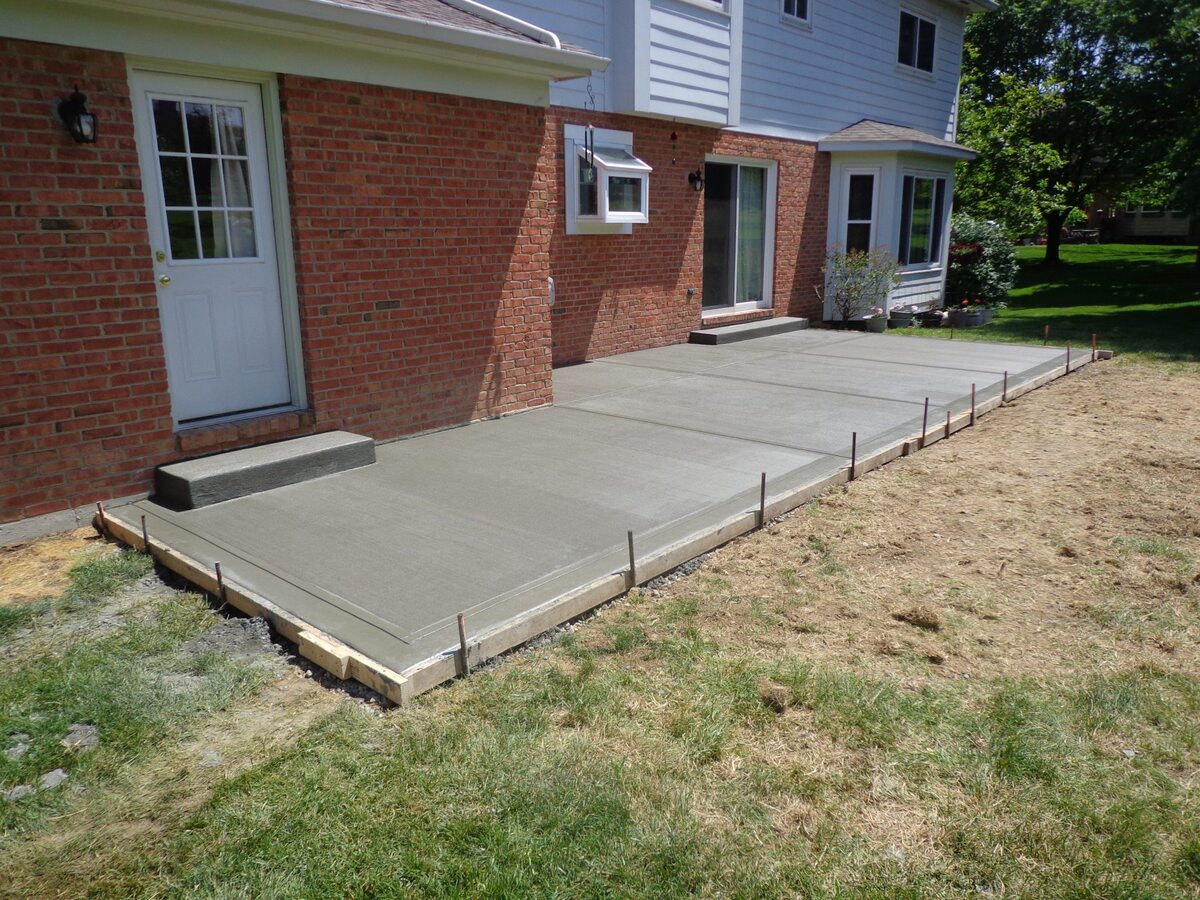
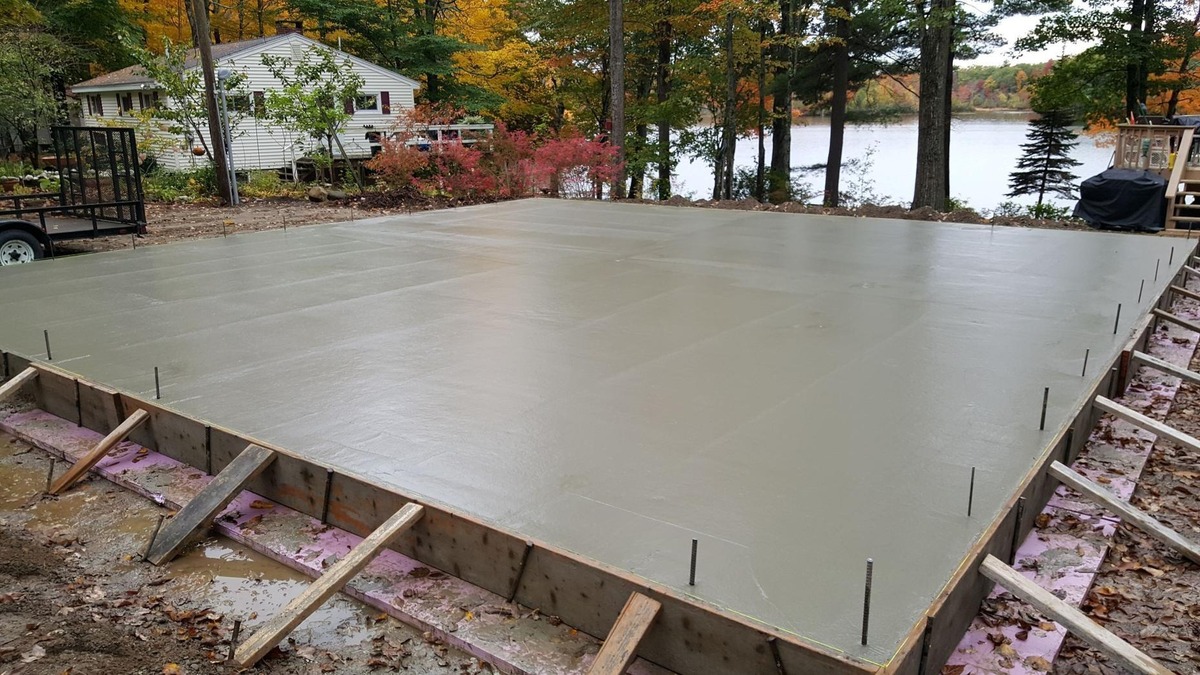
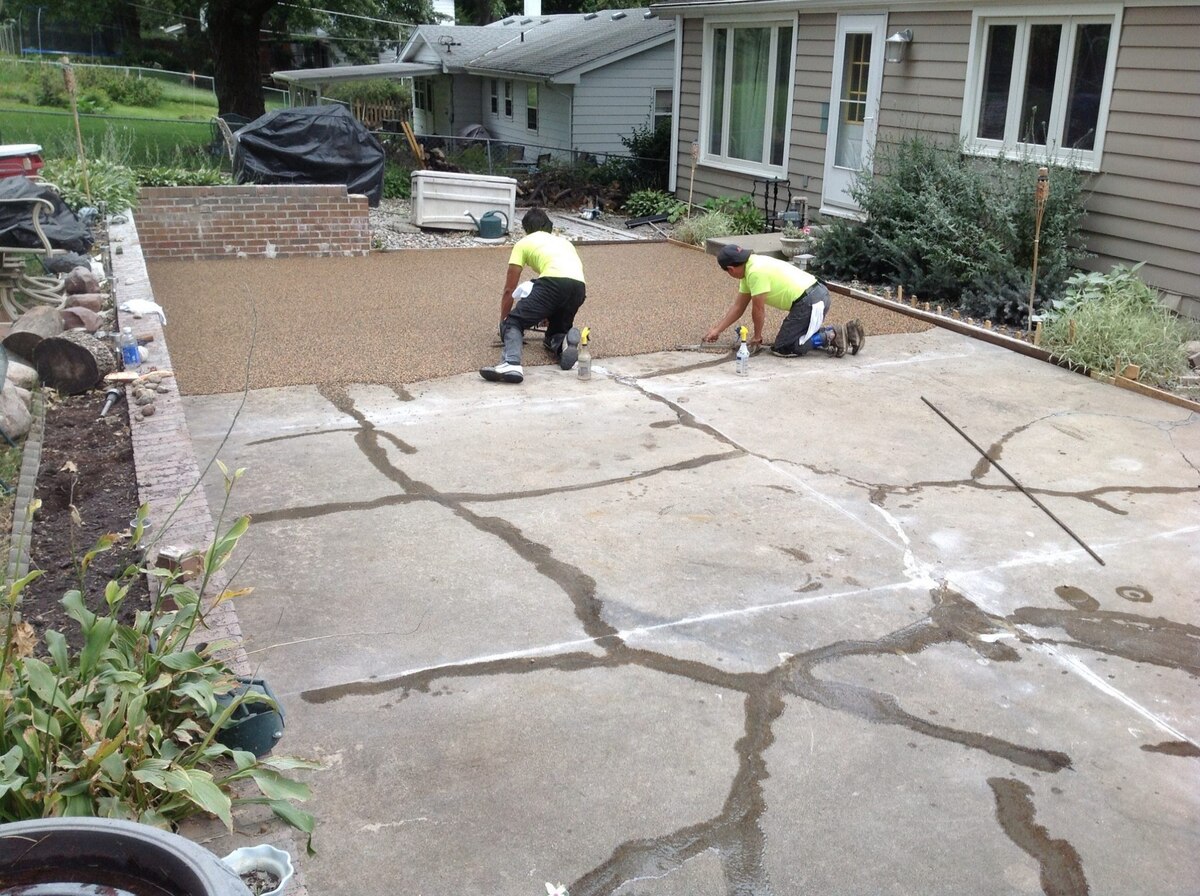
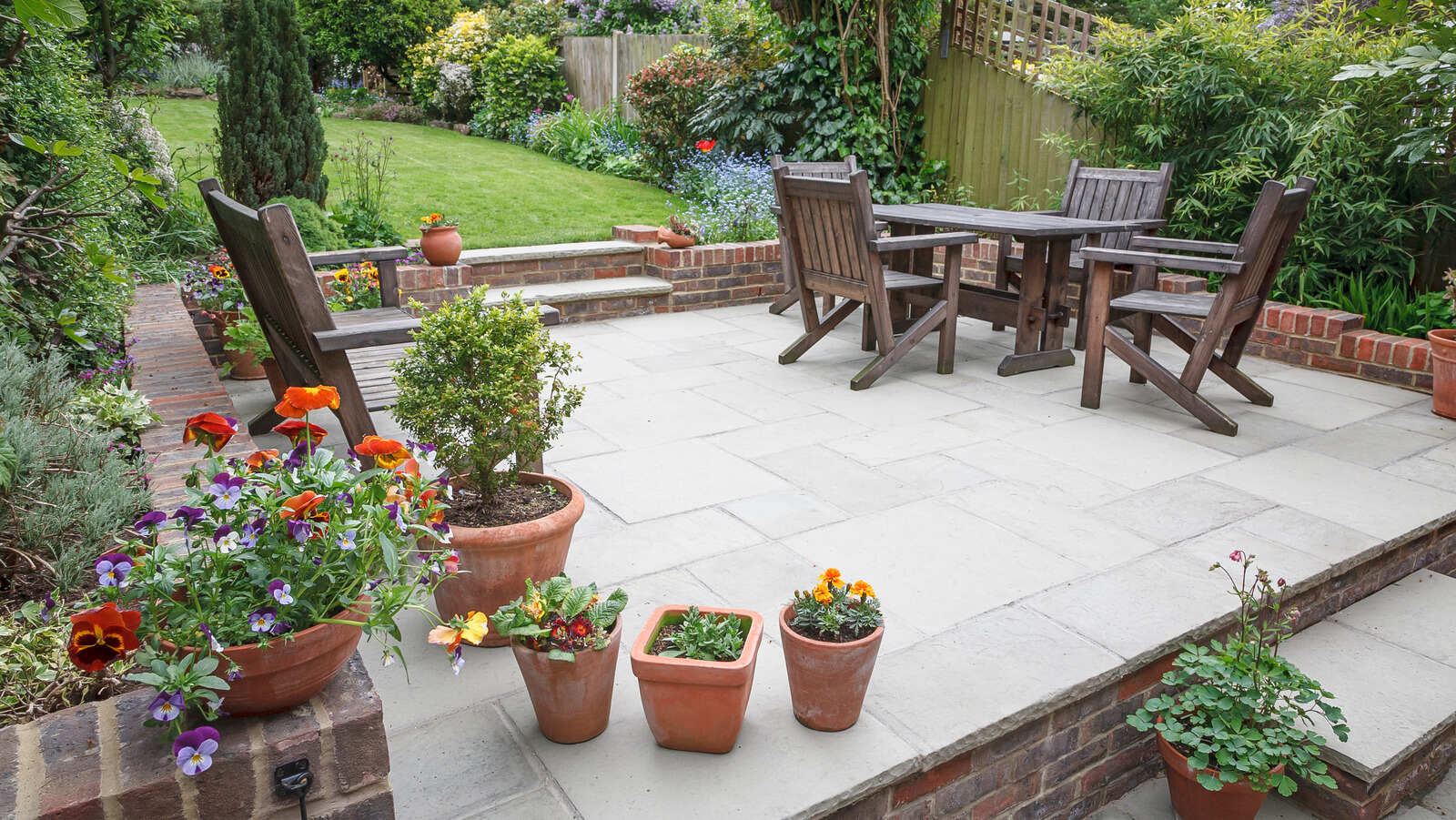

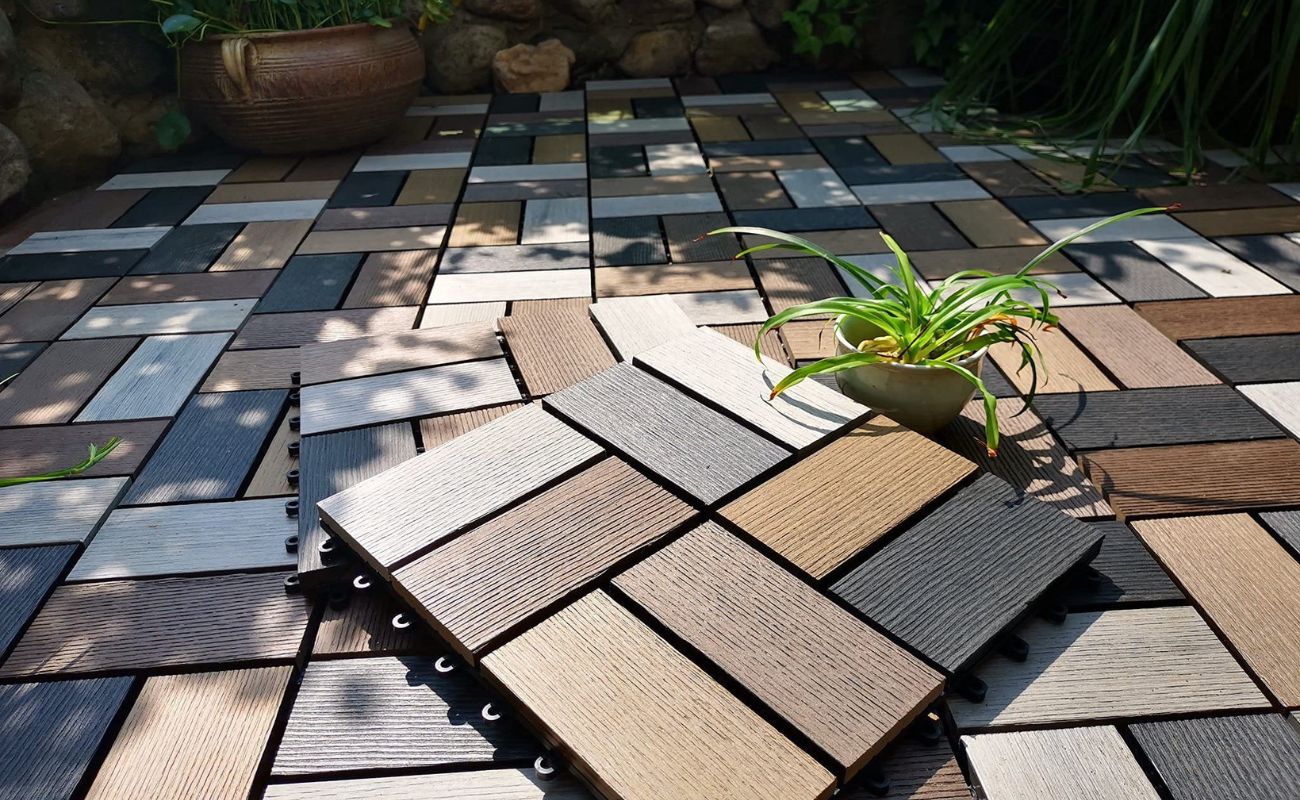
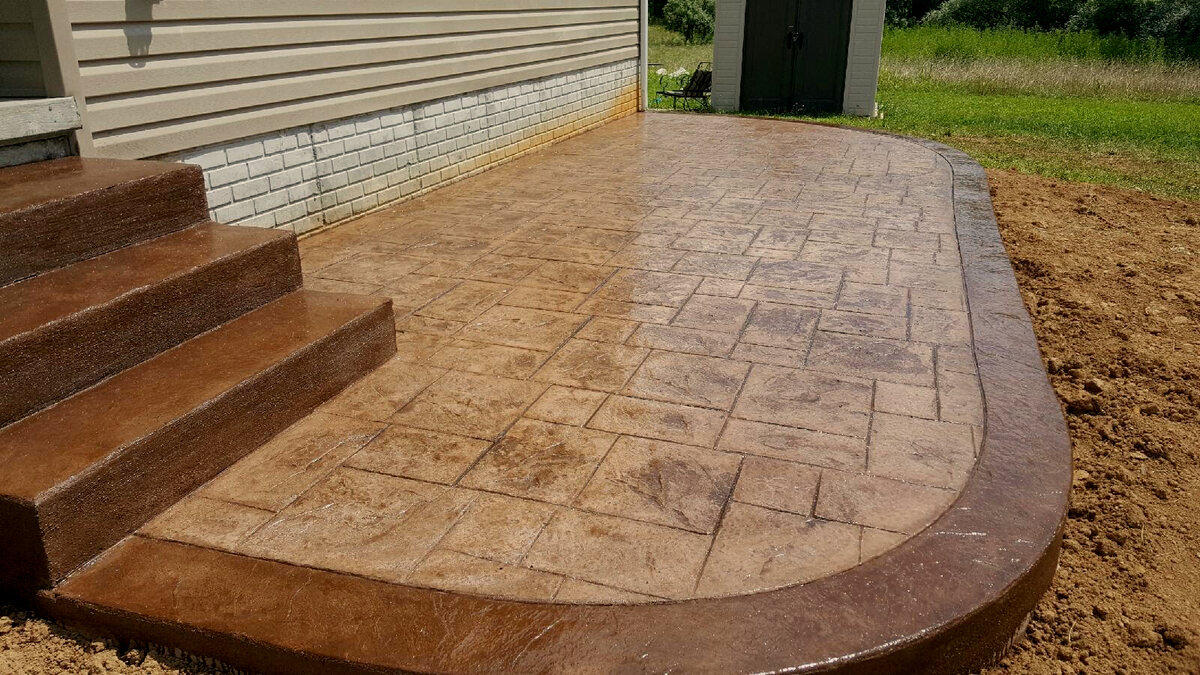

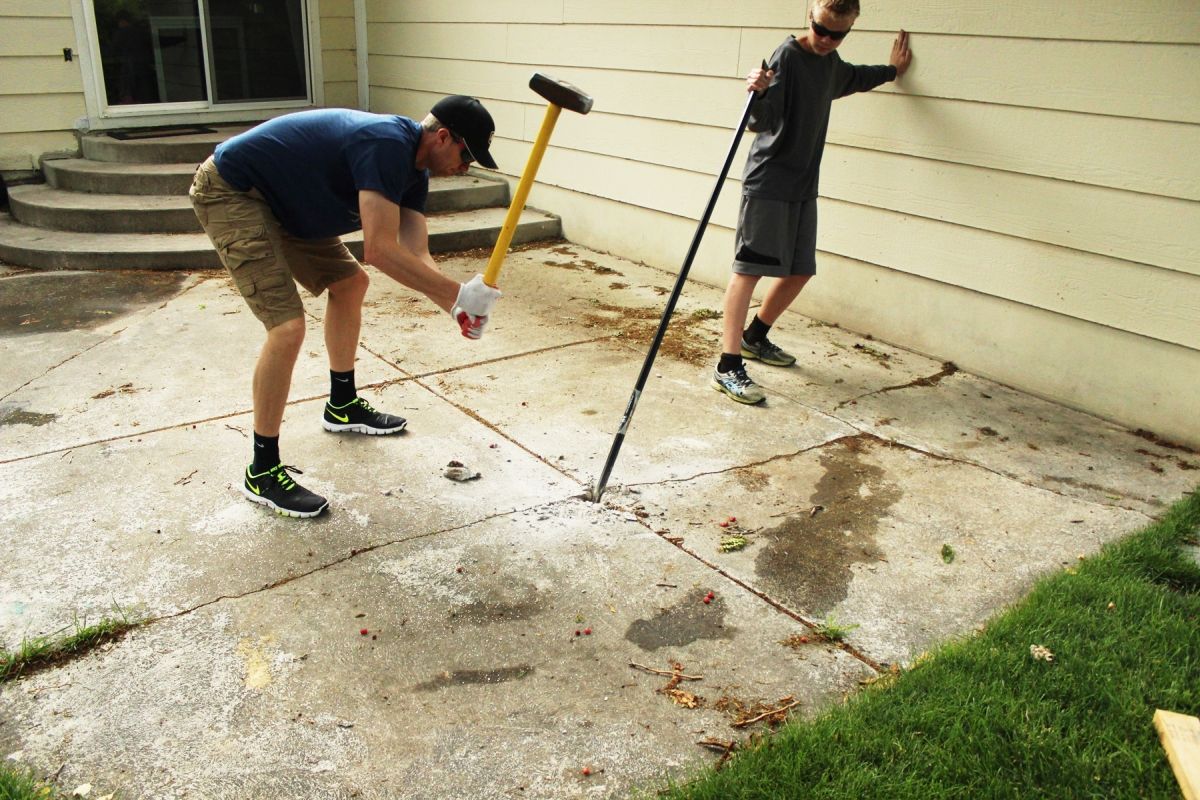


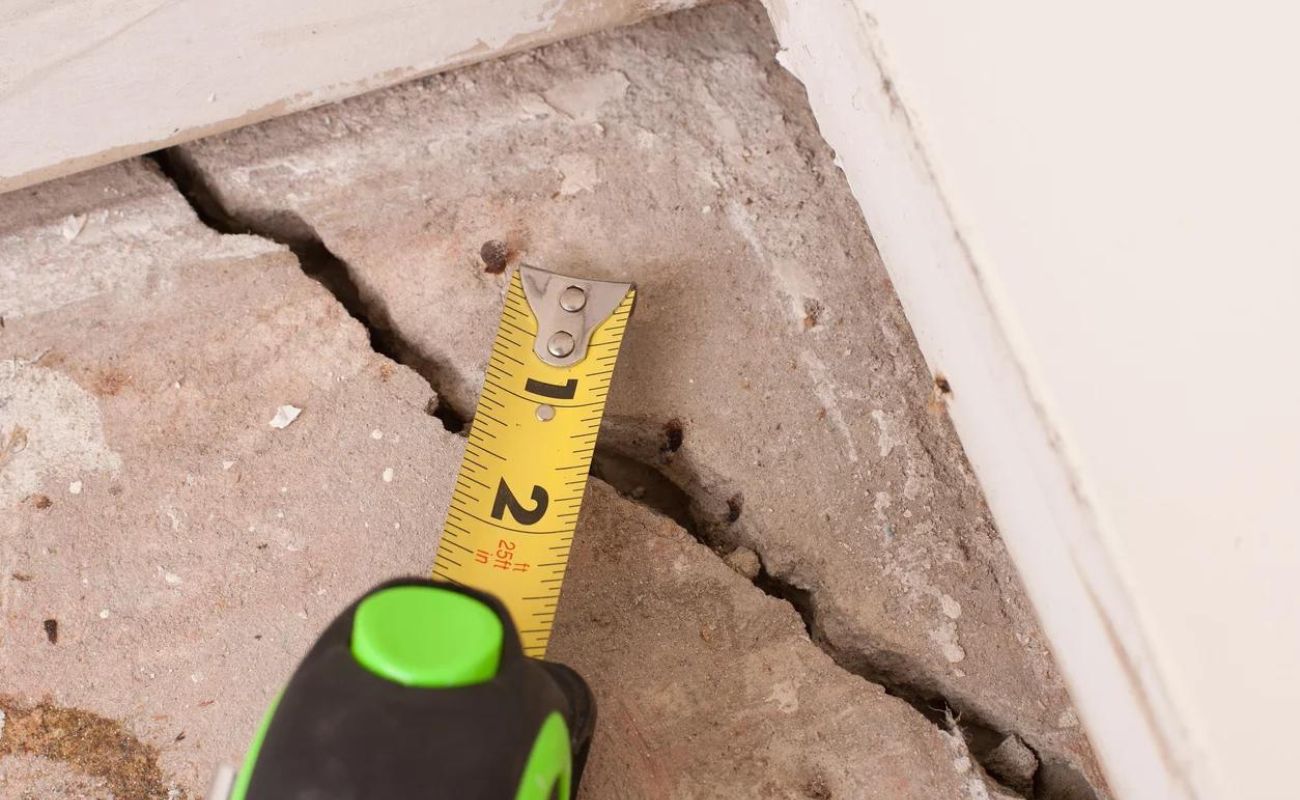
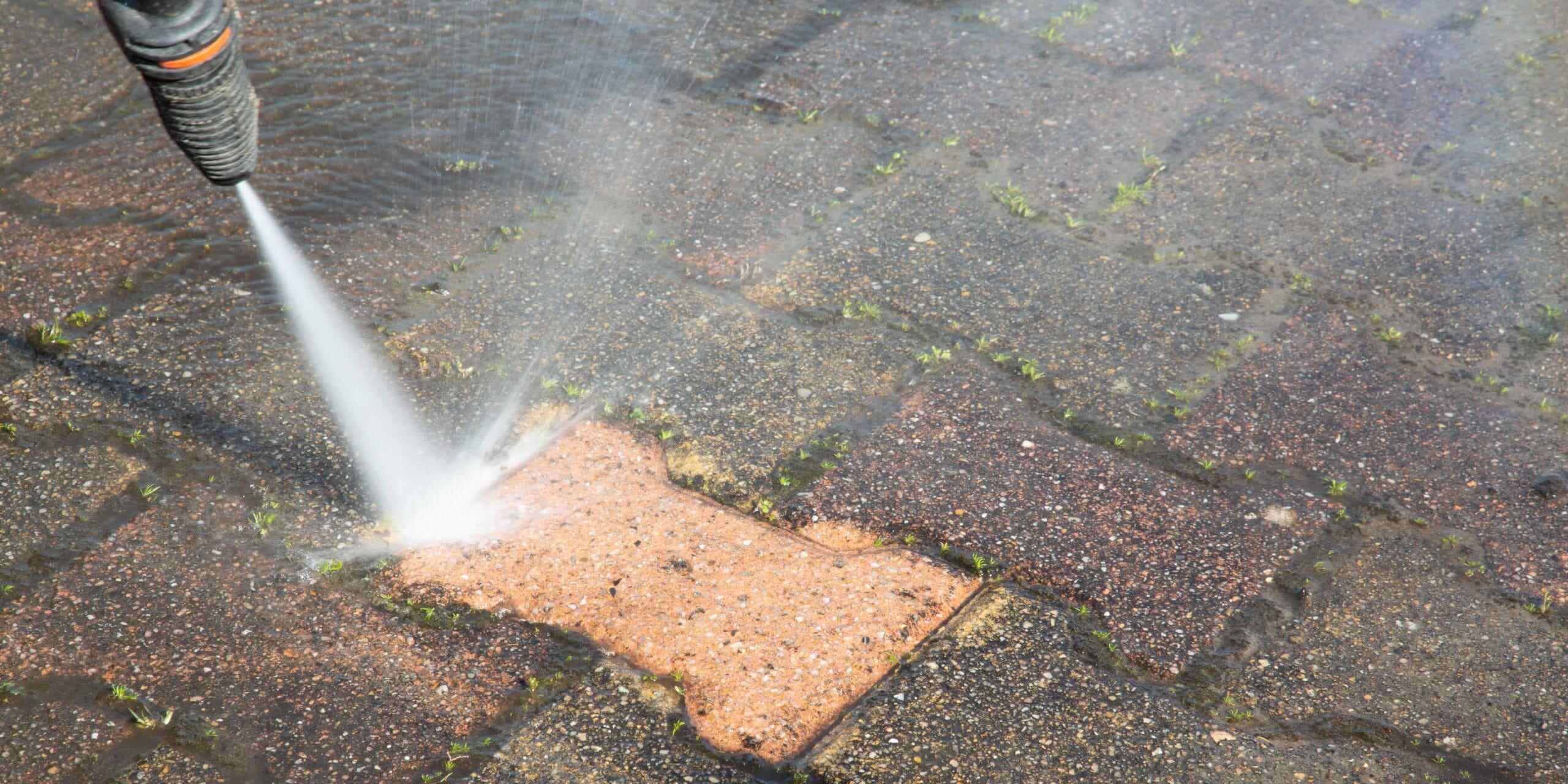

0 thoughts on “How To Repair A Concrete Patio”